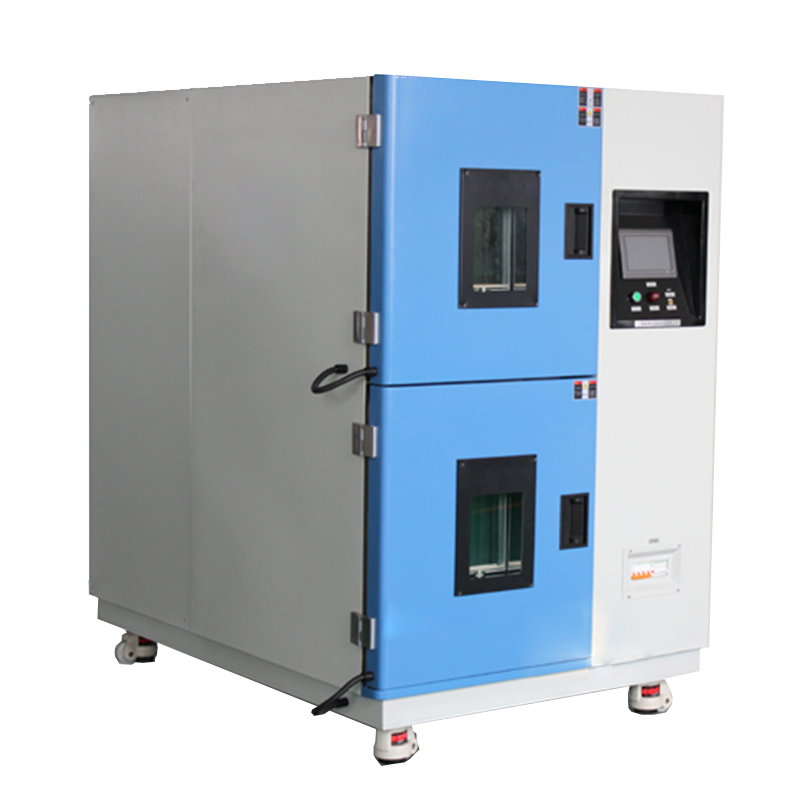In product-quality labs, thermal-shock chambers are the go-to tool for recreating brutal temperature swings—think –40 °C to 150 °C in minutes. Yet one question keeps popping up: “Can I open the door mid-test?”
Spoiler: Don’t do it. Cracking that seal doesn’t just void your data; it can wreck the machine and put you in the ER. Here’s why.
Spoiler: Don’t do it. Cracking that seal doesn’t just void your data; it can wreck the machine and put you in the ER. Here’s why.
-
Your data dies instantly
The test relies on a controlled shock. Opening the door introduces room air, causing frost, condensation, or sudden thermal expansion. Result: the readings you get are garbage. -
You’ll shorten the chamber’s life—fast
Sensors and compressors fight to stay in spec. A sudden dump of outside air forces them into overdrive. Do it often and you’ll be looking at pricey compressor replacements. -
It’s a safety hazard
-
Hot zone: risk of burns.
-
Cold zone: risk of frostbite.
-
Testing batteries? A temperature spike can trigger an explosion.

-
Emergency? If you MUST stop:
-
Hit the emergency-stop button.
-
Wait until the chamber equalizes to a safe zone (about 25 °C ± 5 °C).
-
Suit up with gloves and eye protection before opening.
Bottom line
Opening the door mid-test = trashed data + damaged equipment + personal danger. Buy from a reputable supplier (yashilin, for example) and insist on operator training. When you respect the machine, every test dollar pays off.
Opening the door mid-test = trashed data + damaged equipment + personal danger. Buy from a reputable supplier (yashilin, for example) and insist on operator training. When you respect the machine, every test dollar pays off.












